My Non-Toxic Skincare Routine
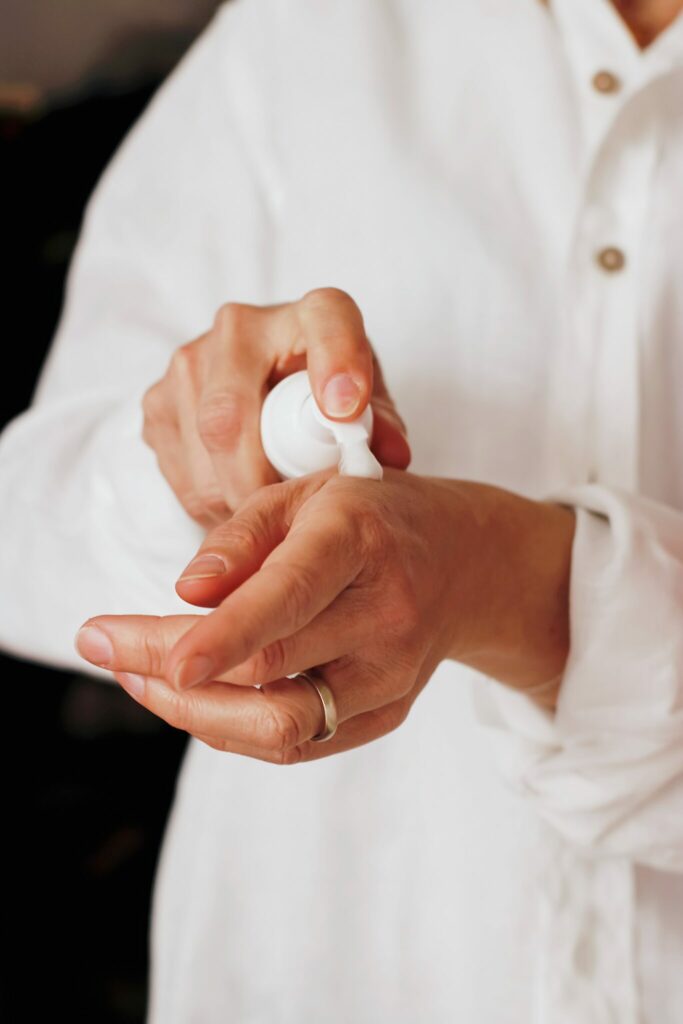
Did you know that roughly 16% of your physical weight is from your skin? Skin plays a vital role in overall health, going far beyond simply “keeping our insides, inside.” Our skin is part of our integumentary system, aka the outer layer of our body. It has three key functions:
- Protecting
- from the elements
- absorbs pressure and shock via collagen in its dermal layer
- includes helpful microbes that inhabit your skin and thrive in the sebum
- Regulating
- body temperature via nerves communicating with your brain
- Sensing
- goes hand-in-hand with regulating
- ex: responding to cold temperatures with goosebumps to trap body heat close to your skin
All that is to say, our skin is truly an important part of our body!
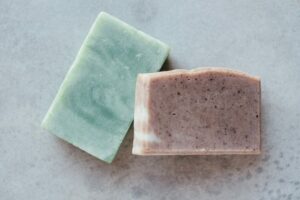
How Skincare Relates to Skin Health
Our skin can range from its thinnest at about 0.5 mm to its thickest at about 4 mm. It is made up of three main layers – the epidermis (outer layer), the dermis (deeper), and hypodermis (deepest, the subcutaneous fat layer).
When talking about skincare, it is wise to consider what can be absorbed by the different layers of our skin and therefore affect our skin’s overall health. The quotation below includes the most succinct description of dermal absorption I have found to date:
From the Centers for Disease Control and PreventionDermal absorption happens when a chemical goes through the skin and travels into the body. Many chemicals used in the workplace can damage organs if they penetrate the skin and enter the bloodstream. Examples of these chemicals include pesticides and organic solvents.
How fast the skin absorbs chemicals depends largely on the outer layer of the skin called the stratum corneum. The stratum corneum provides a barrier by keeping molecules from passing into and out of the skin. This barrier protects the lower layers of skin. How much the skin absorbs chemicals depends on the following factors:
- Skin integrity (damaged or intact)
- The place on the skin where the chemicals are absorbed. (This includes features like thickness and water content of stratum corneum and skin temperature.)
- Physical and chemical properties of the chemical
- Concentration of the chemical on the skin surface
- How long the skin absorbs the chemical
- The surface area of skin that absorbs the chemical
Intentionally or unintentionally, on a daily basis we may be exposing our skin to harmful chemicals. Beyond the concern with absorption into our skin’s outer layers is the possibility of said chemicals penetrating our skin and entering our bloodstream. Yikes! The good news – we can choose to educate ourselves and take an active role in promoting and stewarding our skin’s health! So, what are our options moving forward?
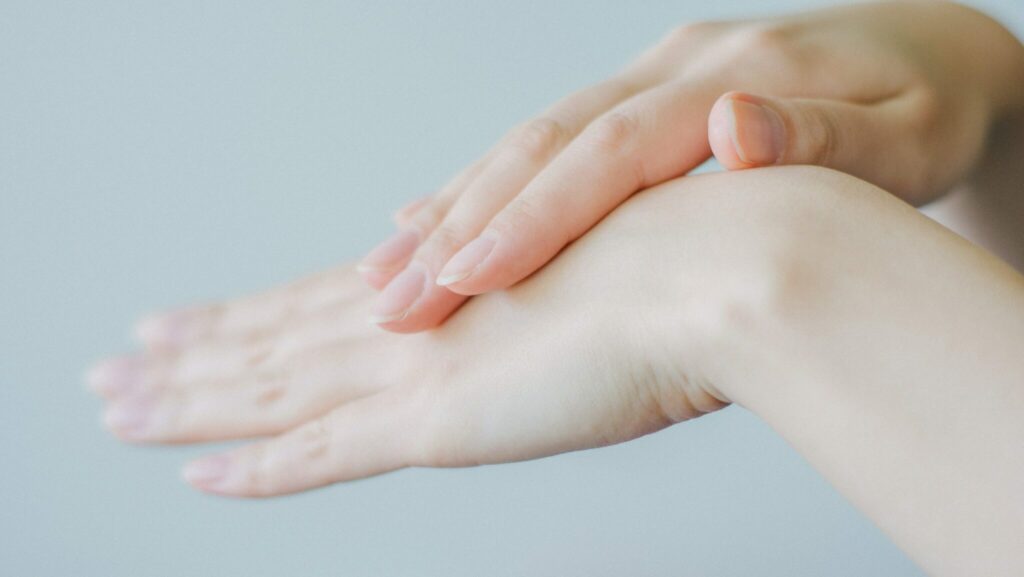
Finding Skincare Products That Are SAFE and EFFECTIVE
After learning about dermal absorption a number of years ago, I decided to take a closer look at my skincare routine. How could I filter through what I currently owned, and what could I use to guide my choices moving forward? I saw three basic options.
The first was that I could do a science lesson/deep dive into every product and ingredient used in my skincare, but this was not very appealing or practical (think back to that list of factors going into dermal absorption). I could also simply choose to return to my normal purchasing habits, handing the power back to profit-over-people companies and blindly trusting those companies’ marketing claims for what was considered “safe” and “non-toxic.”
My third option, as I saw it, was to come up with a few simple values for skincare, values that I could stand behind and that would help me to narrow down my search for non-toxic skincare. Obviously, I chose the latter! Since first making that list, I have also added helpful resources I have come across over the years that I can consult when looking for new skincare products. This is particularly helpful when you find a brand that may have a few non-toxic options but is not an “across-the-board” non-toxic brand.
A quick note on governmental regulation in skincare: Do keep in mind that, although the passing of the Modernization of Cosmetics Regulations Act of 2022 has changed cosmetic regulations in a positive way (re: safety, reporting adverse events, etc.), what the government allows to pass as “safe” may not align with the most current research and evidence. You can read more about that in this article from Switch Natural.
Below, I share my personal list of values and resources. You may find it to be a good pattern or springboard for your own skincare routine moving forward.
- Value #1 Organic – Organic is a great place to start. If a product is certified organic or has certified organic ingredients, that greatly limits the synthetics that can be added.
- Value #2A Simple ingredient list + Value #2B Food-grade ingredients – Of course, a longer ingredient list does not equate to an unsafe product, and there are likely to be some ingredients that are safe in skincare but may not be ideal to eat. But, as a general rule, a product that meets both of these criteria is more likely to be non-toxic.
- If you need a more specific value, try looking for skincare with 10 or fewer ingredients, all of which would be safe to eat. It may sound silly, but you might be surprised at how well this filters out toxic skincare products and leaves you with higher-quality options with God-made (instead of man-made) ingredients.
- Resource #1 Use the Skin Deep database – The EWG, or Environmental Working Group, has a free cosmetics database called Skin Deep. You can search for an ingredient, brand, or product by using the search bar, which will populate a list with each item receiving a rating. You can then use that rating to determine your comfortability in using or purchasing said ingredient or product. This is how I originally found my makeup and haircare products!
- A note about the EWG: While I do see value in using the EWG when first becoming familiar with ingredients, brands, and products, I also caution users to take the EWG’s data with a grain of salt. I do not agree with all their ratings, nor do I fully trust the products/companies that have been given the EWG VERIFIED label. Because money is involved, I think it is wise to consider if that has an impact in how the EWG functions.
- Resource #2 Use Switch Natural’s app – Andrea, from the Switch Natural blog and Instagram account, designed an app that allows you to scan any ingredient list for personal care products and see if any ingredients are flagged for safety reasons. An extra bonus is that you can then see linked research as to why the ingredient got that red flag. If you are new to non-toxic skincare and are looking for an easy way to scan in-store or online products, this could be a great investment (the app has a one-time $20 fee that gives you lifetime access to the app). I appreciate that the flagged ingredients are impartial to that product’s brand, unlike the EWG’s database. Check out the app here.
Okay, now onto the fun stuff! Continue reading to see what I use and recommend for a non-toxic skincare routine!
My Routine and What I Use
All of these products get the Barlows in the Bluegrass “seal of approval.” That being said, we would love to see a few of the products/brands switch to more eco-friendly packaging. (Product safety and effectiveness is priority for our family, but zero or low waste is also of high interest!)
You will also probably notice that it is a fairly simple list. At this point in my life, I do not feel the need to expand into the world of face masks and exfoliants, toners, etc. Your skin may be different, and that is okay! This is simply me sharing my routine and what I personally use. Take what is helpful and leave what is not!
Links and discount codes are included at the end of the the list for easy reference. The list is also color coded so that you can see which products I get from which companies, in case you want to place an order with a company that includes more than one of their products.
Referral links are noted with an asterisk. Thank you in advance for using these if you do make a purchase. This supports our family at no additional cost to you!
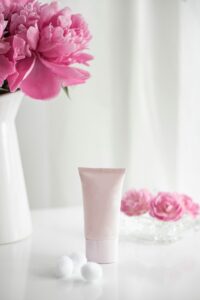
Morning Time
- Gently wet face with warm water (applying makeup to damp skin is a game changer!).
- Apply Poofy Organics’ pressed powder foundation using the makeup sponge that comes with the compact or a slightly damp foundation brush.
- I typically wear shade ETHEREAL in spring/summer and WISP in fall/winter.
- My brushes are over 10 years old and are made by Lancome. I have yet to find a truly clean set of makeup brushes, but EcoTools at least seems like an improvement. I would probably purchase from them if I was in the market.
- I wash my makeup brushes weekly with either Branch Basics’ foaming wash or Earthy Browns’ liquid olive oil soap.
- Apply Poofy Organics’ eye shadow as eyeliner using an angled eyeshadow brush.
- Apply Poofy Organics’ HD mascara.
- OPTIONAL:
- Blush/Bronzer from Poofy Organics
- Chapstick from Earthy Browns
- Lipstick from Toups and Co.
- Hand lotion from Carina Organics (lighter) or Earthy Browns (heavier)
- Dry brushing with a brush that contains stiff yet soft bristles from Poofy Organics (their brush is specifically labeled for use as a dry brush)
Shower Products
- Face wash/makeup remover from Branch Basics (foaming wash bottle)
- Body wash/shaving soap from Earthy Browns
- Note: I find that I do not need to apply lotion to my whole body following a shower. I think this is due, in part, to the non-toxic and quality products I use on a daily basis + being faithful to give my body proper nourishment and hydration. If I did feel the need to apply lotion, I would select a product from Earthy Browns, Carina Organics, or Poofy Organics.
Evening Time
- Apply Poofy Organics’ Flawless Face Daily Moisturizer (light for warmer weather) or Earthy Browns’ Moisturizer (heavier for cooler weather).
- Roll on ClaryCalm on neck, wrists or inner thighs (I rotate location each day) from DoTerra. (ClaryCalm is thoughtfully designed to support women’s health. It as been a great addition to my skincare routine and has helped to regulate my cycle. Plus, it smells lovely!)
- Apply chapstick from Earthy Browns.
- OPTIONAL:
- See lotions listed under “Morning Time.” These can be used as body lotions and/or face lotions.
- A few drops of Lavender essential oil from DoTerra on my face or hands
- Magnesium oil spray from Ancient Minerals (I usually have to apply to bottoms of feet so I minimize the itchy feeling that sometimes comes from this spray.)
The Takeaway
You deserve to experience great health, including healthy skin! If you are not yet where you want to be in terms of skin health, do not give up. Check out those ingredient lists! If you are not happy with what you read, consider trying out some of the product recommendations I share here. So many conventional skincare products have a healthier and safer counterparts.
I would love to hear about your experience in trying out these products! Have you found any other solutions that have helped you to be a better steward of your skin health and overall wellness? Comment below to share with our community!
If you liked this post, you may also enjoy reading this post on oral health.
For more bathroom/shower recommendations, check out this page.
Yours truly,
Erica Barlow

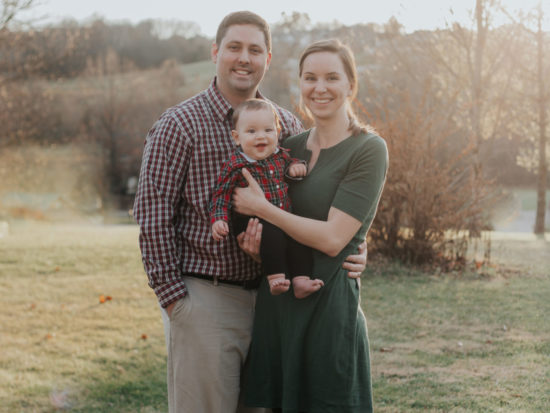
 Zero Waste Ideas for Home Decor
Zero Waste Ideas for Home Decor
God bless you.
I recently learned about your blog from my dear friend April Harris.
What I have read so far is very exciting. Your website is beautiful!
I am looking forward to learning and sharing more, being a good steward of what
God as provided for us.
Lovingly,
Jo
Jo, so glad to have you “here!” Thanks for the kind words!